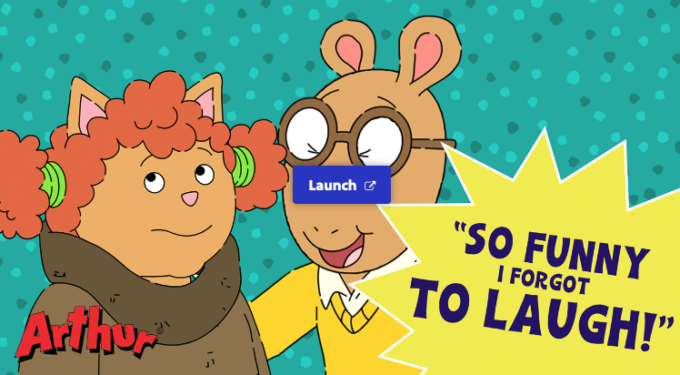
Empathy
Skill-building
Empathy is the ability to sense someone else’s emotions and imagine what they might be thinking and/or feeling in a particular situation. These feelings of understanding give us direction for how best to respond and offer support. You can empathize with someone even if you haven’t experienced something similar to what they’re going through.
Empathy or Sympathy?
Empathy can sometimes be confused with sympathy, but they are not the same. Most of us can tell when someone is showing us sympathy, which is closely aligned with pity, and most of us don’t like it. Sympathy can leave someone feeling “less-than.” It’s normal to feel sad when something bad happens; however, sharing that sadness in the form of sympathy or pity to the affected person probably won’t make them feel better. Instead, focus on showing empathy—sensitivity to and compassion for the emotional experiences of other people. Moving from pity to empathy can be thought of as moving from “I feel sorry for you” to “I feel for you.“
“Empathy fuels connection. Sympathy drives disconnection.”
Brené Brown, Ph.D., Researcher, Speaker, and Author
Chloe's Story
In this TEDxKISJeju talk, teen Chloe Park discusses the difference between empathy and sympathy. Park has had to navigate "normal" teenage struggles while also helping her family care for a younger brother with Fragile X Syndrome. Throughout her life, people have continually expressed sympathy for these circumstances, which she has found unnecessary and unhelpful.
Empathy in Practice
The difference between empathy and sympathy can be nuanced. Here are some examples to help you recognize the difference:
Sharing What You Know
You can help nurture a young person's ability to empathize by prompting them to consider another person's experience. You might ask something like, "What do you think they were feeling when the coach criticized them in front of the rest of the team?" The examples you draw upon don't even have to be from real-life situations. You could reference a storyline in a book or movie and ask your kid or teen questions about what they think a character might be experiencing. Remind them that they can empathize with someone even if they haven’t experienced something similar to what they’re going through.
Empathy Resources
Developing Empathy through Retold Fairy Tales
Description: In this lesson, students watch a video that explores how a Native American saying, “walk a mile in someone else’s moccasins,” relates to the practice of empathy. As a class and in small groups, students examine a well-known fairy tale, Cinderella, to try to “walk a mile” in the shoes of each character.
Source: PBS, WGBH

Empathy | An ARTHUR Interactive Comic
Description: Explore the topic of empathy in this interactive comic, So Funny I Forgot to Laugh, based on the characters and storyline from the PBS children’s series ARTHUR. When Arthur takes his teasing too far, it upsets Sue Ellen. Can Arthur find a way to apologize for bullying Sue Ellen and save their friendship?
Source: PBS

Mark Ruffalo: Empathy
Description: Teach language, vocabulary and listening comprehension with Celebrity Vocab clips!
Source: PBS, Sesame Street
